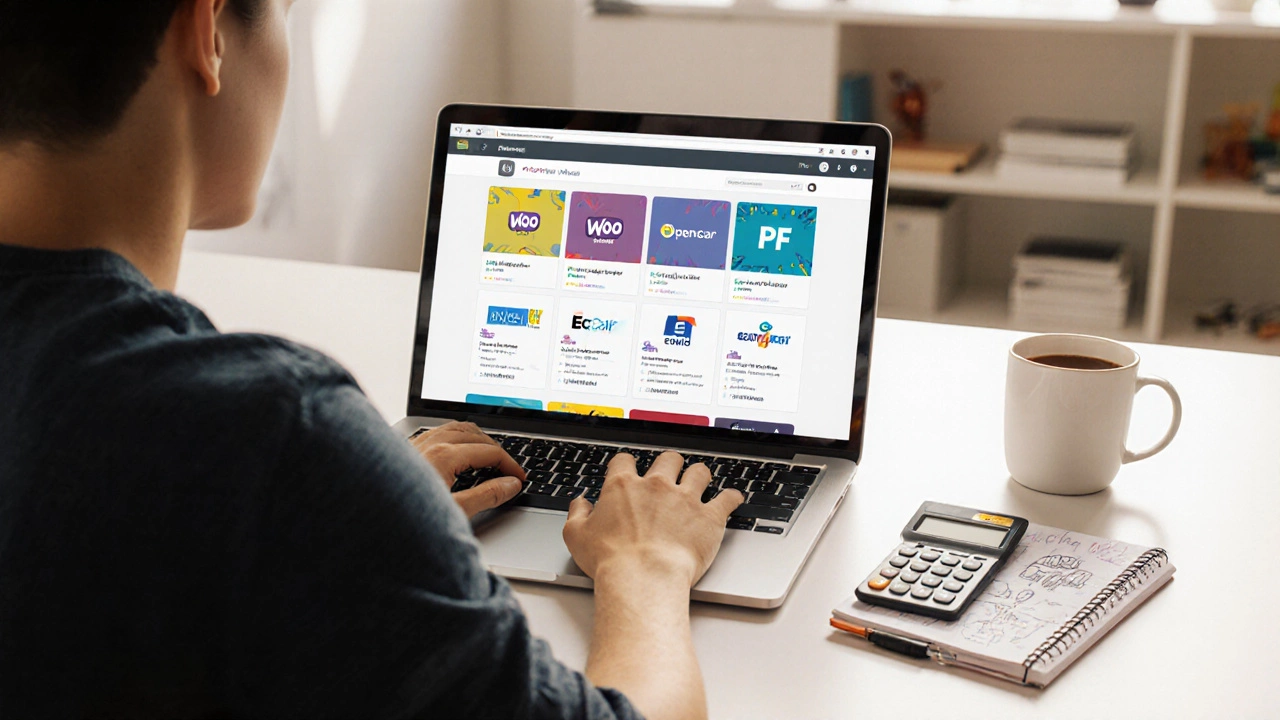Thinking of launching an online store? Before you pick a product, you need a clear picture of the money you’ll actually spend. Too many entrepreneurs jump in with only a vague idea of costs and end up scrambling for cash. This guide breaks down every major expense, shows which ones are one‑time, and offers concrete ways to keep your budget in check.
Domain and hosting. A .co.uk or .com domain costs about £10‑£15 a year. Shared hosting starts at £5‑£10 per month, while a managed eCommerce host can run £30‑£60 monthly. If you’re just testing the waters, go cheap and upgrade later.
Platform fees. SaaS solutions like Shopify or BigCommerce charge a monthly plan (£30‑£100) plus transaction fees. Open‑source options such as WooCommerce are free, but you’ll need to pay for a theme and possibly extensions, which can add up to £200‑£500 upfront.
Design and development. A premade theme saves cash – usually £50‑£150. Custom designs or hiring a developer can start at £500 and climb into the thousands. Decide early how unique your brand needs to be.
Inventory. If you stock products, expect to spend at least the cost of your first batch. Dropshipping reduces this line but adds higher per‑item fees.
Legal and insurance. Registering a business, getting a VAT number, and basic liability insurance typically cost £100‑£300 in the first year.
Start with a lean plan. Choose a low‑cost platform, a free theme, and a modest product range. Use free tools for SEO and analytics instead of pricey software. When you need marketing, focus on organic social posts and email newsletters before splurging on ads.
Track every expense in a simple spreadsheet. Separate one‑time costs from recurring ones so you can see which bills will hit month after month. This makes cash‑flow forecasting easier and helps you spot unnecessary spend.
Negotiate with suppliers. Buying a slightly larger inventory can lower per‑unit costs, but only do it if you’ve validated demand. Many suppliers offer trial dropshipping programs, letting you test products without upfront inventory.
Don’t forget hidden fees: payment gateways (usually 2‑3% per transaction), shipping label costs, and refunds. Factor a small buffer (5‑10% of sales) into your budget to cover these surprises.
Finally, revisit your budget every quarter. As sales grow, you can reinvest in a better theme, premium apps, or paid ads. Keeping a tight grip on costs early gives you the freedom to scale later without choking on debt.
Starting an eCommerce store doesn’t have to drain your savings. By knowing exactly where your money goes and making smart, low‑cost choices at the outset, you set yourself up for steady growth and fewer financial shocks.

Discover if you can start an ecommerce store for free, explore truly free platforms, hidden costs, and a budget checklist to launch without breaking the bank.
Read More